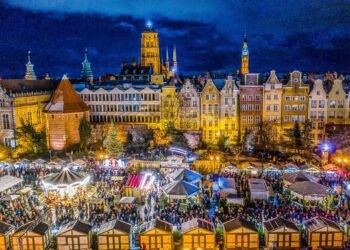In the heart of Poland, the city of Warsaw bore witness to one of the most dramatic episodes of World War II: the Warsaw Uprising. It began on August 1, 1944, a time when the city was under the oppressive grip of Nazi Germany, and the Red Army was advancing from the east. The Polish Underground Home Army (Armia Krajowa or AK), comprising mostly of civilians and some military personnel, decided to take their fate into their hands. Their aim was to liberate Warsaw from German occupation before the Soviet Army arrived in the city. It represented the largest battle fought by an underground organization against occupying forces during World War II.
The timing of the uprising was no coincidence. By 1944, the tide of the war had turned against Germany. The Allies had landed in Normandy in June 1944, and were advancing on Germany from the west. The Soviet Union had launched its massive Operation Bagration in June 1944, inflicting heavy losses on the German Army Group Centre.
By late July, the Red Army had reached the eastern suburbs of Warsaw. Sensing an opportunity, the leaders of the AK planned the uprising to coincide with the Soviet advance, hoping that the Soviets would help them drive the Germans out of the city.
However, the Soviets stopped their advance on Warsaw and allowed the Germans to crush the uprising.
During the two-month-long battles, the losses of the Polish military amounted to approximately 16,000 killed and missing, 20,000 wounded, and 15,000 taken as prisoners. Due to airstrikes, artillery shelling, harsh living conditions, and massacres carried out by German forces, between 150,000 and 200,000 civilian residents of the capital lost their lives. As a result of the insurgent fighting and systematic demolition of the city by the Germans, the majority of the left-bank Warsaw’s infrastructure was destroyed, including hundreds of invaluable historical landmarks and culturally significant sites.
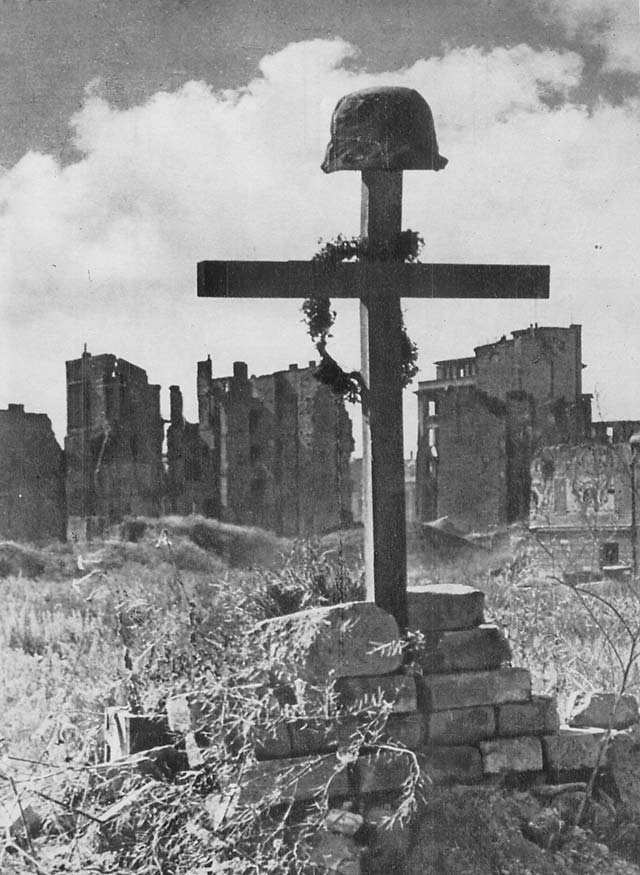
Background
The Warsaw Uprising took place during World War II, in the final months of the war. It was a military action against Germany and a political resistance against the Soviet Union and its affiliated Polish Communists. The Home Army command aimed to liberate the capital independently before the Red Army’s arrival, hoping to strengthen the international position of the Polish government in exile and halt Stalin’s process of subordinating and Sovietizing Poland
The Polish Home Army was the largest underground resistance movement in occupied Europe. It was formed in 1939, shortly after the outbreak of World War II, and was led by the Polish government-in-exile in London. The AK’s goal was to liberate Poland from German occupation and restore the Polish state.
The AK had been planning an uprising in Warsaw for some time. The uprising was timed to coincide with the Soviet advance on the city. The AK hoped that the Soviets would support the uprising and help to liberate Warsaw.
The Outbreak and Initial Success
The uprising began at “W-hour”, 5 pm on August 1, 1944. The insurgents were vastly outnumbered and outgunned, but they were driven by an unshakeable determination to free their city. Despite the odds, the early days of the uprising were marked by a series of successes for the AK. They managed to seize control of significant parts of Warsaw, including the city center, the old town, and several districts. They seized important buildings and infrastructure and raised the Polish flag. Initial success and element of surprise gave the Poles a chance to gain control over parts of Warsaw.
These victories were hard-won, but they were also an affirmation of the indomitable spirit of the Polish people. They fought not with the strength of their weapons, but with the power of their conviction. Their courage stood as a beacon against the dark backdrop of war, illuminating the city with a spark of hope.
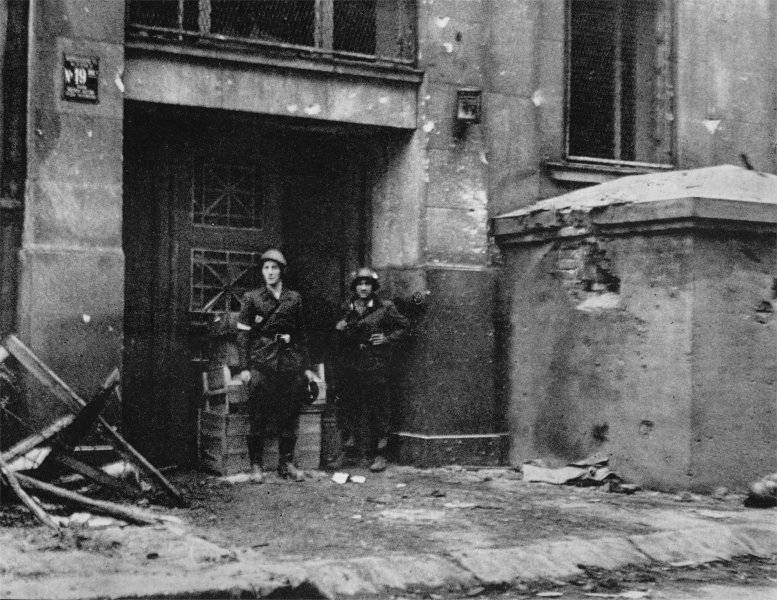
However, the Germans quickly brought in reinforcements, and the uprising soon became a stalemate. Within days, the German commander sent in reinforcements totaling around 30,000 troops. All available SS, Wehrmacht and Luftwaffe units were deployed to crush the uprising.
The Germans launched indiscriminate attacks using heavy artillery, tanks and aircraft. Many civilians got caught in the crossfire as Nazi troops did not differentiate between rebels soldiers and non-combatants. The well-equipped Germans had air superiority and a massive advantage in weaponry over the lightly armed Poles.
The AK soldiers fought bravely from barricaded streets and destroyed buildings but could not stop the German onslaught. As the uprising progressed, the Germans reduced more and more of Warsaw to ruins.
Nazi Germany’s Brutal Response
The German response to the uprising was swift and brutal. Hitler ordered that the city be razed to the ground and its inhabitants exterminated. The German forces, led by SS General Erich von dem Bach, launched a ruthless campaign of destruction and mass murder. The Wola massacre, where up to 50,000 Polish civilians were systematically slaughtered, stands as a chilling testament to the brutality of the German reprisals.
The city itself was subjected to relentless bombardment and destruction. Historical monuments, libraries, and countless homes were destroyed, erasing much of Warsaw’s rich cultural heritage. By the time the uprising was suppressed, 85% of the city had been destroyed. The image of Warsaw, reduced to a sea of rubble, is one of the most poignant symbols of the human cost of war.

German troops frequently employed the tactic of “pacification” to punish those suspected of aiding the resistance. Thousands were executed on the spot, while others were sent to concentration camps or used as forced labor. Women, children, and the elderly were not spared, and the streets of Warsaw became haunting scenes of atrocity and despair.
The destruction of cultural landmarks, including the historic Old Town, symbolized the Nazis’ intent to erase Polish identity and heritage. The Warsaw Uprising was seen by the German high command as an opportunity to break the Polish spirit once and for all, and their brutal response reflected this intention.
The Absence of External Support
The Polish insurgents fought valiantly and held out for 63 days, hoping in vain for substantial external support. They had counted on the Soviets, who were stationed just across the Vistula River, to come to their aid. However, the Soviets halted their advance and remained passive observers as the city was decimated.
The Soviet Army was only a few dozen kilometers from Warsaw but stopped their offensive and did not come to the aid of the Poles. The reasons for the Soviet inaction remain a subject of debate. Some historians argue that Joseph Stalin saw the AK, loyal to the London-based Polish government-in-exile, as a potential threat to Soviet control over post-war Poland. By allowing the Germans to decimate the AK, Stalin could ensure that there would be no significant force left to oppose the imposition of a communist government in Poland.
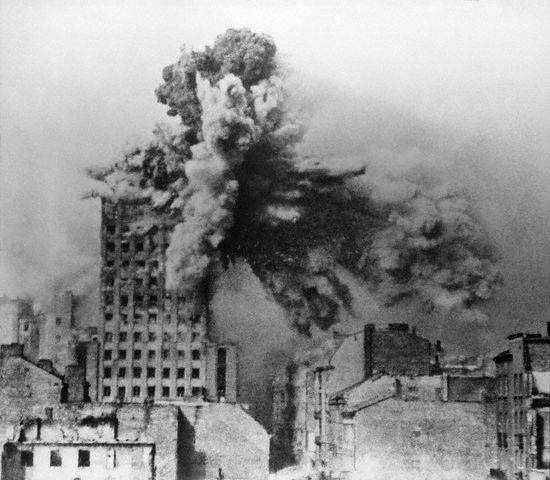
The Western Allies, despite being sympathetic to the Polish cause, were unable to provide substantial aid. They made several attempts to drop supplies by air, but these efforts were largely ineffective due to the distance, lack of precise intelligence, and German air defenses. The tragic irony of the Warsaw Uprising was that it occurred at a time when the Allies were winning the war, yet they were unable to prevent the destruction of Warsaw and the slaughter of its inhabitants.
They were also concerned that the uprising would divert resources away from the main Allied offensive in the west. They also feared that the uprising would damage their relations with the Soviet Union.
The lack of Soviet or Western Allies support was a major disappointment for the Polish Home Army. The AK had hoped that the Allies would help to liberate Warsaw, but they were
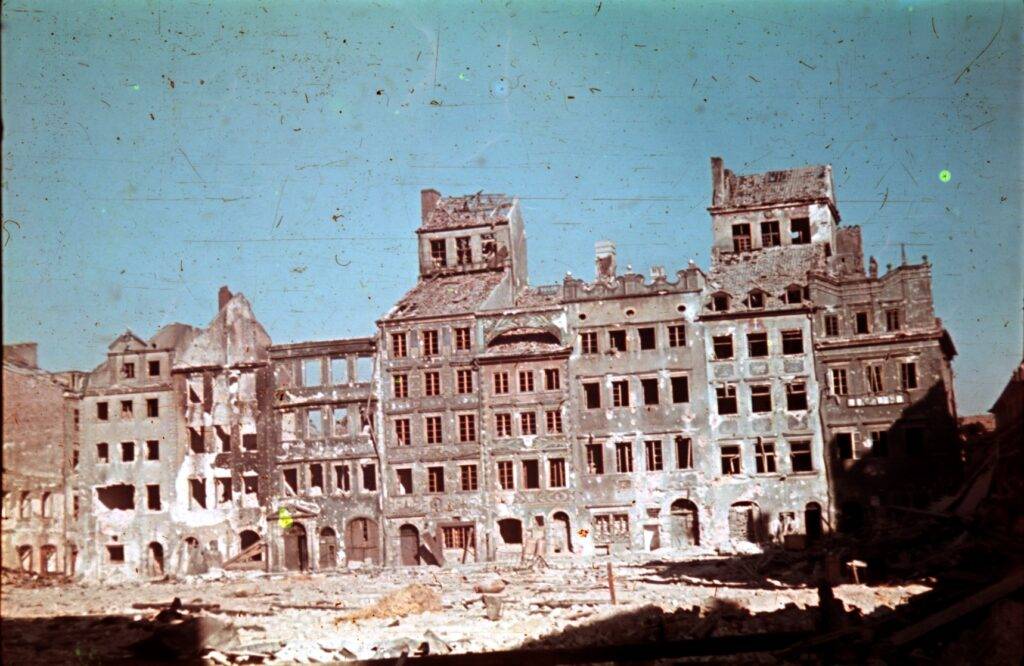
Aftermath and Legacy
The Warsaw Uprising ended in defeat for the AK. The survivors were forced to surrender on October 2, 1944, after enduring 63 days of intense fighting and unimaginable hardship. The German forces then proceeded to evacuate the remaining population and systematically destroy the city.
Despite the tragic outcome, the Warsaw Uprising remains a powerful symbol of Polish resistance and bravery. The memory of the uprising has been kept alive in Poland as a testament to the courage and sacrifice of those who fought and died for their country’s freedom. The uprising is commemorated every year on 1 August, the anniversary of its outbreak.




The lack of external support during the uprising also had significant political implications. It sowed the seeds of distrust towards the Soviet Union and the Western Allies, shaping Poland’s post-war history and its relations with the rest of the world.
In the face of overwhelming odds, the people of Warsaw chose to rise against their oppressors. Their bravery, their sacrifice, and their unyielding spirit stand as a testament to the strength of the human spirit, a beacon of hope amidst the darkness of war.
The Warsaw Uprising remains one of the most tragic chapters in Polish history. While initially hailed as an inspiring act of patriotism and military valor, the aftermath showed a lack of tangible support from Poland’s allies.
Nonetheless, the uprising showed the stubborn spirit of the Polish nation, who refused to accept German occupation without a fight. Despite impossible odds, the Poles chose to rise up and fight for freedom, even at the cost of their lives and their historic capital city. Though ultimately crushed, the uprising reminded the world of Poland’s will to survive as an independent nation against all odds.
The story of the Warsaw Uprising is not just a tale of a city in ruins, but of a people who refused to be broken.











